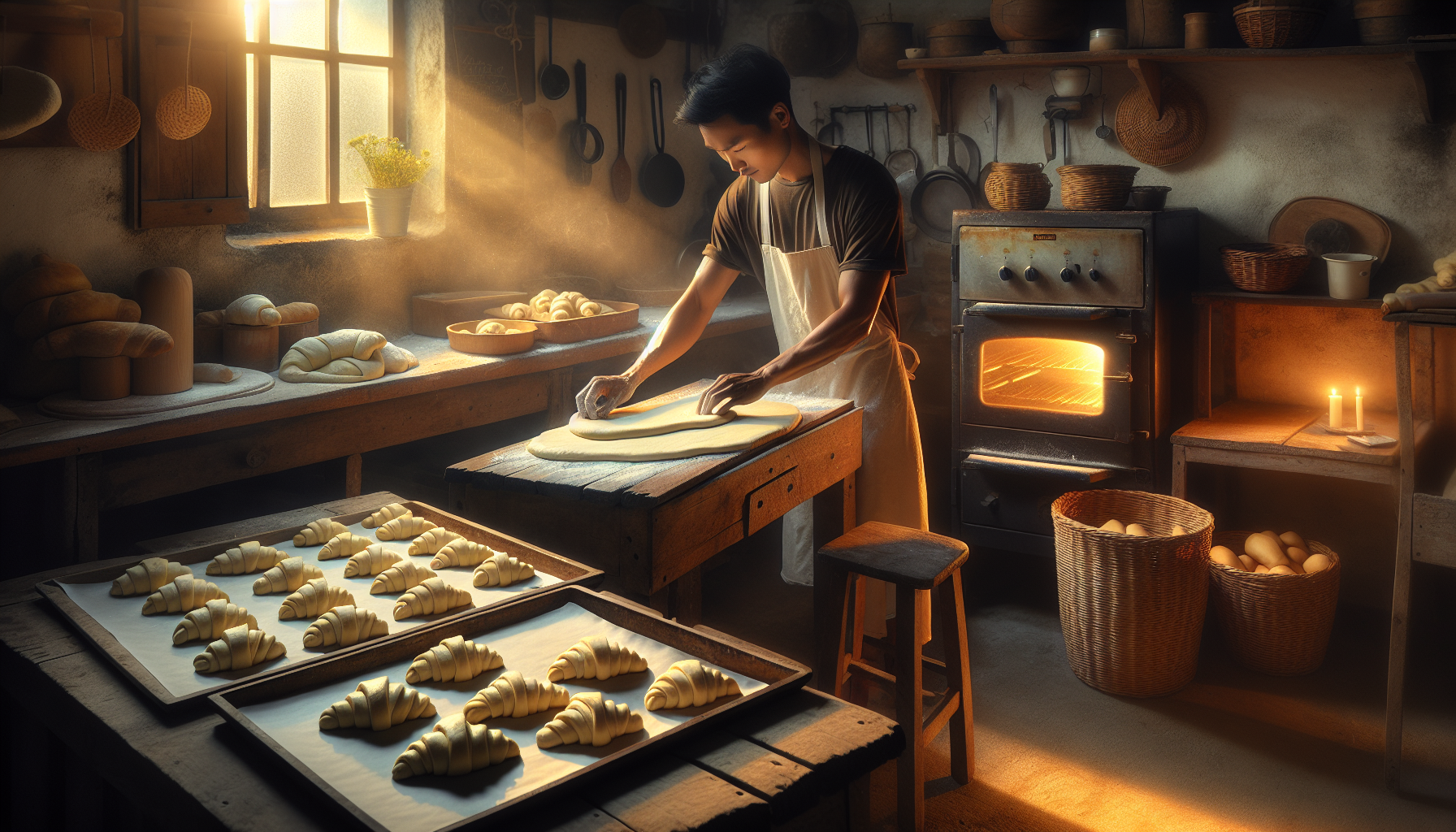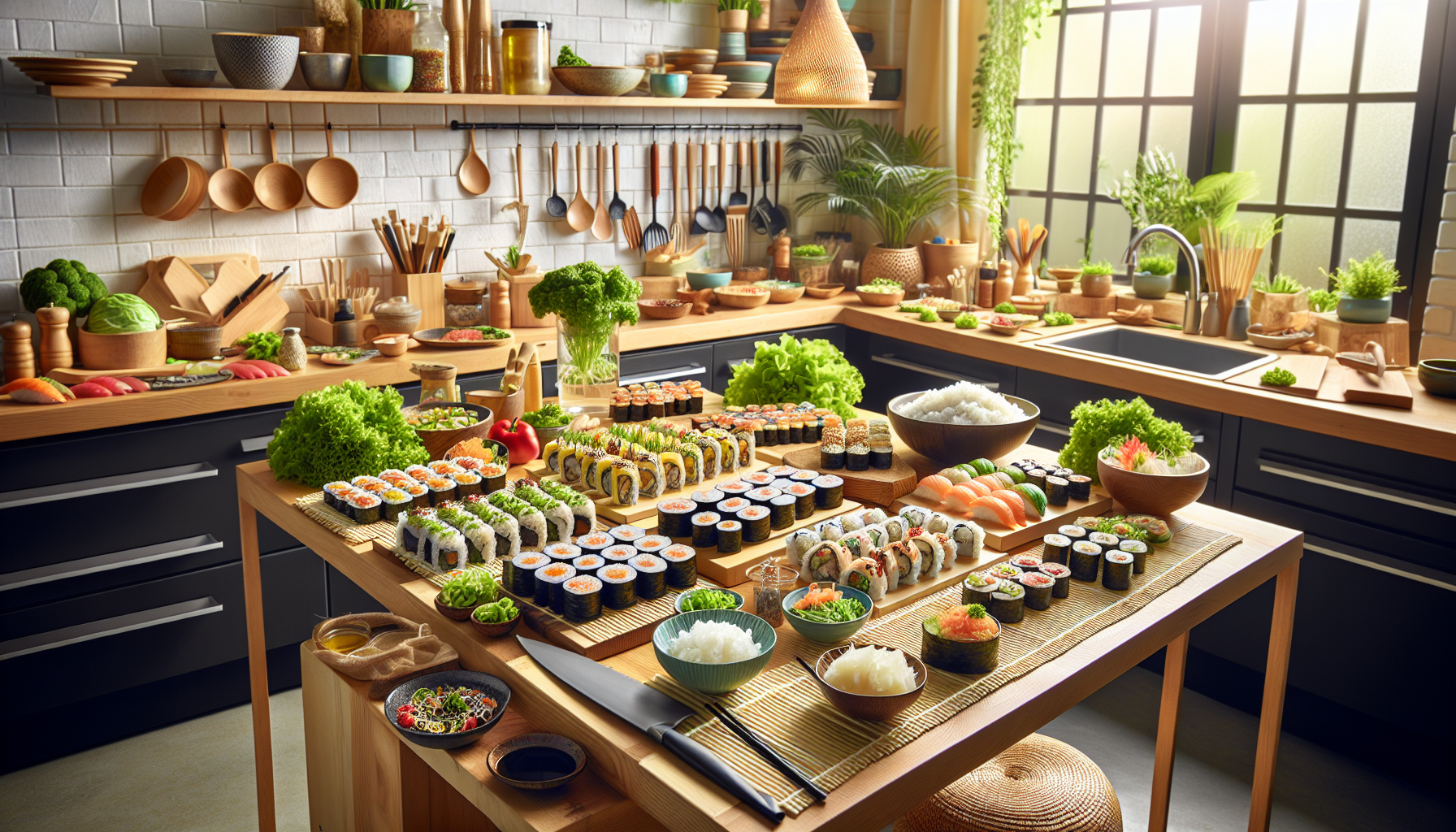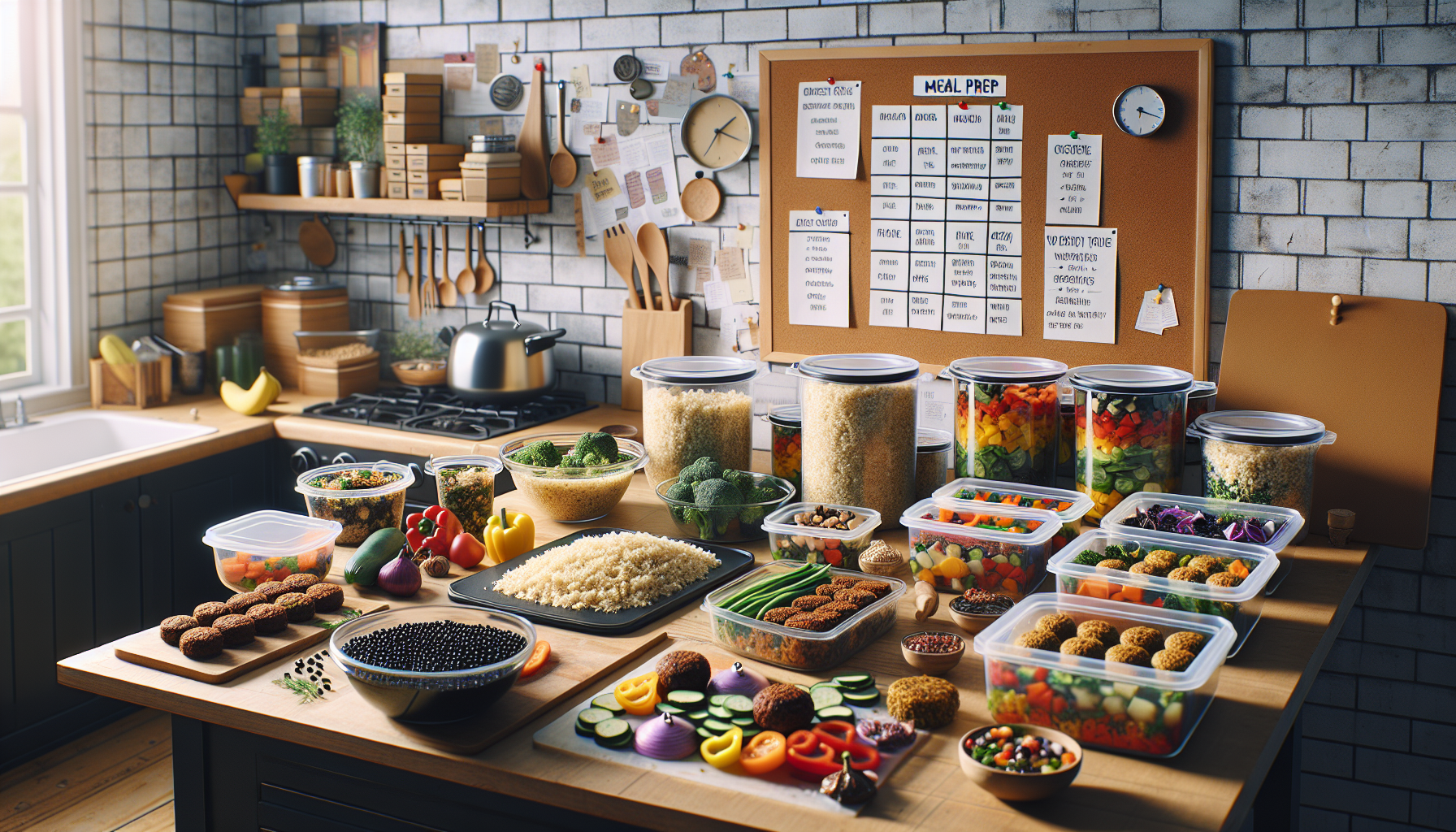Exploring the Rich Flavors of Indian Cuisine: A Beginner’s Guide invites you on a culinary journey into the heart of India, unveiling the secrets behind its aromatic spices, diverse dishes, and traditional cooking techniques. This course is designed to guide beginners through the foundational aspects of Indian cooking, from the essential spices that create its characteristic flavors to the preparation of a basic yet complete Indian meal. With a focus on creating dishes that are as nourishing as they are flavorful, students will learn how to blend spices, cook staple grains, and craft balanced, wholesome meals that reflect the rich culinary heritage of India.
Lesson 1

Exploring the Rich Flavors of Indian Cuisine: A Beginner’s Guide
Welcome to the delightful world of Indian cuisine, a gastronomic adventure filled with an explosion of flavors, vibrant colors, and aromatic spices. Indian cuisine, known for its diverse culinary traditions, offers a feast for your senses. In this guide, we’ll embark on a journey to understand the basics of Indian food, a cornerstone of cultural identity and culinary expertise that spans centuries.
Overview of Indian Cuisines: Mapping the Flavors of India
India’s vast geography and diverse culture have given birth to a rich tapestry of cuisines, each with its unique flavor profile. From the hearty dishes of Punjab to the coconut-infused seafood of Kerala, the diversity of Indian cuisine is staggering. Indian cuisine is not just food; it’s a celebration of life’s flavors.
The Role of Spices in Indian Cooking: A Deep Dive
At the heart of Indian cuisine lies an array of spices that transform simple ingredients into extraordinary meals. Spices like turmeric, cardamom, and cumin are not just flavor enhancers; they are woven into the fabric of Indian culture, with each spice telling a story of tradition and health benefits.
- Turmeric: Known for its anti-inflammatory properties
- Cardamom: A fragrant spice that aids digestion
- Cumin: Adds a nutty, warming flavor and boosts immunity
The Concept of Thali: A Balanced Plate
The concept of a Thali showcases the philosophy of balance in Indian cuisine. A Thali is a platter that presents a variety of dishes, offering a whirlwind of flavors, textures, and aromas. It’s a representation of culinary harmony, where every bite is a testament to the rich Indian culture.
Taste-testing Indian Spices
One of the most exciting ways to immerse yourself in Indian cuisine is through taste-testing its spices. This sensory experience provides a foundational understanding of the flavors that define Indian cooking. Let’s journey through the world of Indian spices, where every pinch and dash is a step closer to mastering the art of Indian cuisine.
Embracing the diversity and complexity of Indian cuisine can seem daunting at first. However, understanding its basics, from the spices that provide its distinct flavors to the traditional Thali that showcases its variety, can transform your culinary journey into an enriching experience. Indian cuisine is more than just food; it’s a taste of history, culture, and tradition that continues to evolve and enchant food lovers across the globe.
Lesson 2

The Staples of Indian Cooking
Welcome to the second lesson on exploring the rich flavors of Indian cuisine, where we dive deep into the heart and soul of Indian dishes – the staples of Indian cooking. From the fertile fields of Punjab to the coastal shacks of Goa, Indian cuisine boasts a variety of staple ingredients that form the backbone of its culinary culture. In this guide, we’ll explore these foundational elements, which include an array of grains, lentils, legumes, and the unique techniques that bring out their best flavors, a truly fascinating journey for any food lover.
Grains and Breads of India
Grains form a significant part of the Indian diet, with rice and wheat leading as the primary staples. Depending on the region, you’ll find a dazzling variety of breads and rice preparations – each telling a story of its origin. Notably, Basmati rice, with its fragrant aroma, is a beloved choice for many Indian dishes, while breads like Naan, Roti, and Paratha bring a delightful texture and versatility to the Indian table.
Lentils and Legumes: The Heart of Indian Vegetarian Cooking
Lentils and legumes hold a vital place in Indian cuisine, especially within vegetarian traditions. They are not only a great source of protein but also bring thickness, heartiness, and flavor to dishes. Dal, a term commonly used for lentils and the dishes made from them, is a staple across Indian households, offering both simplicity and nourishment.
Introduction to Indian Cooking Techniques
Indian cooking is known for its ingenious techniques that elevate the simplest ingredients to gastronomic wonders. One such technique is Tadka (tempering), where spices are fried in oil or ghee to release their essential oils, thereby infusing the dish with robust flavors and aromas. Understanding and mastering these techniques can significantly enhance your Indian cooking experience.
Creating Your Own Tadka Dal
To truly embrace the staples of Indian cooking, here’s how you can prepare a simple, yet delicious Tadka Dal:
- Start with your choice of lentils, washed and boiled until tender.
- Prepare the Tadka by heating oil or ghee in a pan, adding mustard seeds until they splutter, then mix in finely chopped onions, ginger, garlic, chili, and a selection of dried spices.
- Pour the Tadka over the cooked lentils, mixing well to combine all the flavors.
- Finish with a sprinkle of fresh cilantro for an extra burst of freshness.
Embracing the staples of Indian cooking opens up a world of culinary possibilities. Understanding the significance of grains, lentils, and legumes, along with the unique cooking techniques of Indian cuisine, can not only enhance your cooking skills but also deepen your appreciation for the rich cultural tapestry that Indian cuisine represents. So, let’s continue to explore and celebrate the diversity of Indian cooking, one staple at a time.
Lesson 3

Crafting Your First Indian Meal
Embark on a flavorful journey as you step into the world of Indian cuisine to craft your first Indian meal. This culinary adventure will introduce you to the symphony of flavors, textures, and aromas that Indian cuisine is celebrated for worldwide. From the subtle fragrance of Basmati rice to the robust spices that dance in a simple vegetable curry, preparing your first Indian meal is a voyage of discovery and delight.
Planning the Menu: Composing a Balanced Meal
An integral part of Indian cuisine is its emphasis on balance and variety. A well-composed meal offers a wholesome experience, contrasting flavors, and nutritional balance. Start with a simple vegetable curry, picking seasonal vegetables for freshness and texture. Pair it with perfectly cooked Basmati rice, and complement it with a refreshing cucumber raita for a touch of coolness and a balance of flavors.
Cooking a Simple Indian Curry: A Step-by-step Guide
Creating a vegetable curry from scratch may seem daunting, but it’s an enriching experience that immerses you in the basics of Indian cooking. Begin by frying onions, garlic, and ginger, followed by a mix of spices such as turmeric, coriander, and garam masala. Add your choice of diced vegetables and simmer until tender. The result is a hearty, flavorful curry that warms the soul.
The Art of Making Perfect Basmati Rice
The success of an Indian meal often lies in the perfect preparation of Basmati rice. Rinse the rice until the water runs clear to remove excess starch. Soak it to achieve a more uniform texture upon cooking. Then, cook with a precise ratio of water, allowing the rice to fluff up without becoming mushy. The aromatic Basmati rice, with its delicate, slender grains, is a pleasure both for the palate and the eyes.
Quick and Easy Cucumber Raita
Complement your meal with a bowl of cooling cucumber raita. This simple, yoghurt-based side dish is the perfect counterbalance to the spices in the curry. Combine grated cucumber with thick yoghurt, season with a pinch of salt, and sprinkle with roasted cumin powder. This refreshing raita not only balances the flavors but also adds a smooth texture to the meal ensemble.
As you conclude this culinary journey of preparing your first Indian meal, remember that Indian cooking is as much about the process as it is about the results. Each step, from selecting the ingredients to the final garnish, is imbued with tradition and love. So, embrace the diversity, celebrate the flavors, and most importantly, enjoy the process of crafting your first Indian meal. Bon Appétit!
Exploring the Rich Flavors of Indian Cuisine: A Beginner’s Guide concludes with our heartfelt gratitude for embarking on this journey into the depths of India’s culinary traditions. We’ve traversed the essential elements, from the robust spices and varied regional dishes to classical cooking techniques and the art of meal composition. This course not only aimed to acquaint you with the multifaceted world of Indian cuisine but also to inspire an appreciation for its cultural significance and culinary diversity. As a final step to test your newfound knowledge, a 10 question quiz awaits below. This will not only challenge but also reinforce your understanding of Indian cuisine’s rich flavors and traditions.
Test Your Knowledge With this short Quiz
Click here to copy your score to share on facebook!







